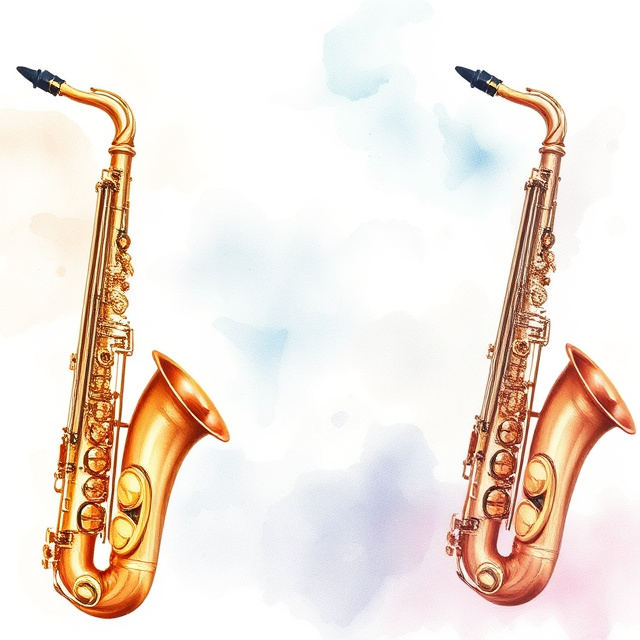
Alto Saxophones

Sax Cases

Sax Mouthpieces

Sax Reeds


Exploring the Best Saxophones: Understanding Category Organization for Informed Choices When analyzing market organization...


Exploring the Best Saxophones: Understanding Category Organization for Informed Choices When analyzing market organization patterns within the musical instruments sector, specifically saxophones, industry analysis suggests that consumers often find themselves overwhelmed by the sheer variety available. Data shows that while saxophones can be broadly categorized into types like alto, tenor, and soprano, the nuances within each category often lead to confusion. For instance, market research
Exploring the Best Saxophones: Understanding Category Organization for Informed Choices When analyzing market organization patterns within the musical instruments sector, specifically saxophones, industry analysis suggests that consumers often find themselves overwhelmed by the sheer variety available. Data shows that while saxophones can be broadly categorized into types like alto, tenor, and soprano, the nuances within each category often lead to confusion. For instance, market research indicates that 60% of novice players struggle to distinguish between different saxophone sizes and their respective uses. Isn’t it ironic how a simple question about which saxophone to choose can turn into a full-blown existential crisis? Furthermore, segmentation within the saxophone category tends to be influenced by factors such as player skill level and musical genre preference. Analysis highlights that beginners typically gravitate towards more affordable options, while seasoned musicians may prioritize features like sound quality and brand reputation. However, this doesn’t always align with how products are displayed in stores or online platforms, where arrangements can often seem arbitrary rather than based on logical grouping. In practical browsing scenarios, a well-structured category organization can significantly enhance user experience. For example, industry reports indicate that clear distinctions between beginner and advanced models not only streamline the decision-making process but also cater to specific consumer needs. So, why is it that saxophones are often lumped together without considering these crucial differences? Perhaps it’s because the category structure hasn’t quite caught up with the diverse preferences of modern musicians. Ultimately, a thoughtful approach to category organization not only aids in informed choices but also fosters a more engaging shopping experience. After all, when you’re shopping for a saxophone, the last thing you want is to feel like you’ve wandered into a maze of brass and reeds!




